Ayodhya Ram Mandir , a holy temple for Hindus is constructed at lord Rama’s Birth Place in Ayodhya, Uttar Pradesh. Pran Pratishtha of the Rama idol took place on 22nd January 2024.
Let us learn about the Top Interesting facts about Ayodhya Ram Mandir.
Religious and Historical Significance:
- Divine Birthplace: Ayodhya Ram Mandir is built on the site believed to be the birthplace of Lord Rama, a central figure in Hinduism and the epic Ramayana.
- City of Temples: Ayodhya itself is considered a holy city, with a history dating back thousands of years and dotted with many other significant temples.
- Ramayana Connection: The temple’s construction holds immense spiritual significance for Hindus, embodying the values and lessons from the Ramayana.
- Symbol of Valor: Lord Rama is revered as a symbol of righteousness, courage, and devotion, making the temple a testament to those ideals.
Architectural Marvel:
- Construction: The grand temple town area is on 2.7 acres of land , the temple is 161 feet tall, 235 feet wide, and has a total length of 360 feet. It is constructed in Nagara style which is one of ancient temple-building styles from ancient India.
- Architects: Chandrakant B Sompura, 81, and his son Ashish, 51, designed the temple complex in Nagara style architecture.
- Three-Storied Grandeur: The temple has three floors, each dedicated to different aspects of Lord Rama’s life and significance.The built-up area of the temple is nearly 57,000 square feet.
- Unique Construction Materials: The structure uses pink sandstone from Rajasthan, teak wood doors with gold plating, and rare Shaligram rock for the idols.
- Sacred Bricks: Over 2.5 million specially made “Ram Bricks” donated by devotees from across India have been used in the construction.
- Temple Design Features: The intricate carvings, sculptures, and mandapas (halls) showcase traditional Hindu architectural styles.

Interesting Details:
- Sculpture of Idol: Ayodhya Ram Mandir Idol is designed and sculpted by the notable sculpture Arun Yogiraj from Mysore, Karnataka. The 51-inch tall idol has been installed in the Ram Mandir at Ayodhya.
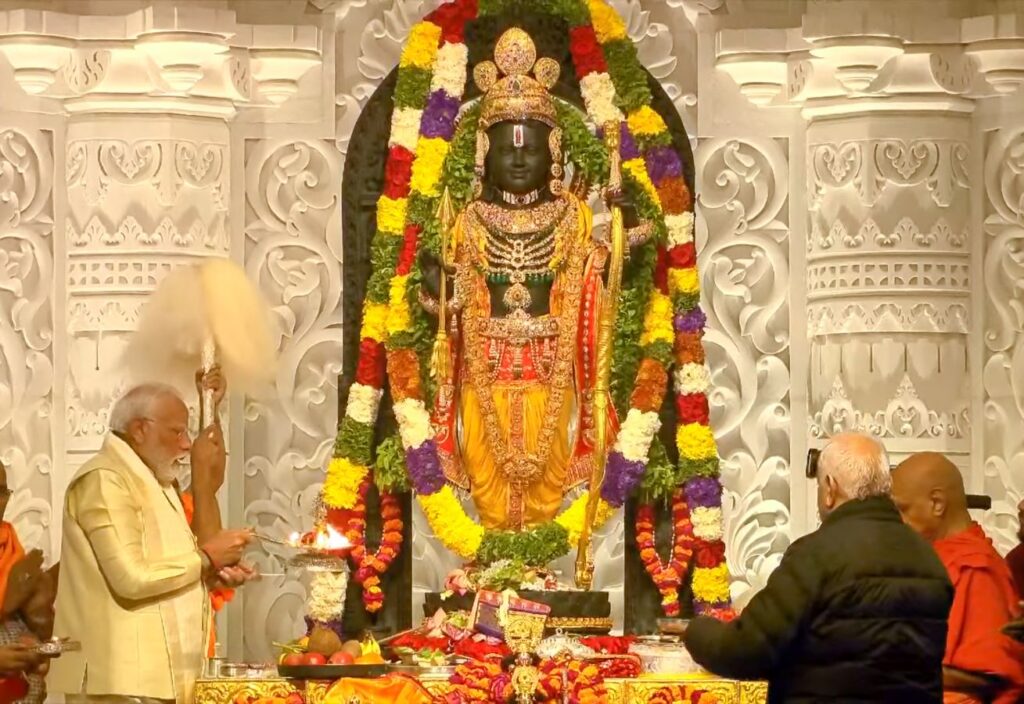
- Pure Foundation: The base of the temple is built on a 14-meter thick layer of special concrete, designed for longevity and earthquake resistance.
- Legacy of Sompuras: The renowned Sompura family of architects, known for their expertise in temple construction, are behind the Ram Mandir design.
- No Steel or Iron: The temple structure avoids iron and steel to comply with ancient Hindu culture and ensure longevity.
- International Gesture: Holy soil from 2,587 pilgrimage sites across India and 121 countries has been incorporated into the foundation.
- Lord Rama’s Darbar: The central sanctum sanctorum will house magnificent idols of Lord Rama, Sita, Lakshmana, and Bharata.
- Largest Temple in India: Upon completion, the Ayodhya Ram Mandir complex will be the largest Hindu temple in India, covering over 70 acres. The temple site is on 2.7 acres.
- Sustainable Features: The design incorporates eco-friendly elements like rainwater harvesting and solar panels.
- Cultural Significance: The temple’s construction and inauguration are expected to have a significant impact on Indian culture and tourism.
- Open to All: Though deeply rooted in Hinduism, the temple is envisioned to be a place of worship and pilgrimage for people of all faiths.
- Time Capsule: A time capsule containing artifacts and messages for future generations has been placed within the temple complex.
- Unifying Symbol: The Ayodhya Ram Mandir transcends its religious significance to represent hope, unity, and resilience for many in India.
- Donations: The temple is constructed based on the donations. Ram temple materials, Ram idol, Ram costumes, Ram Padukas, Ram Mandir dwara, Jewellery etc are all donated by devotees.
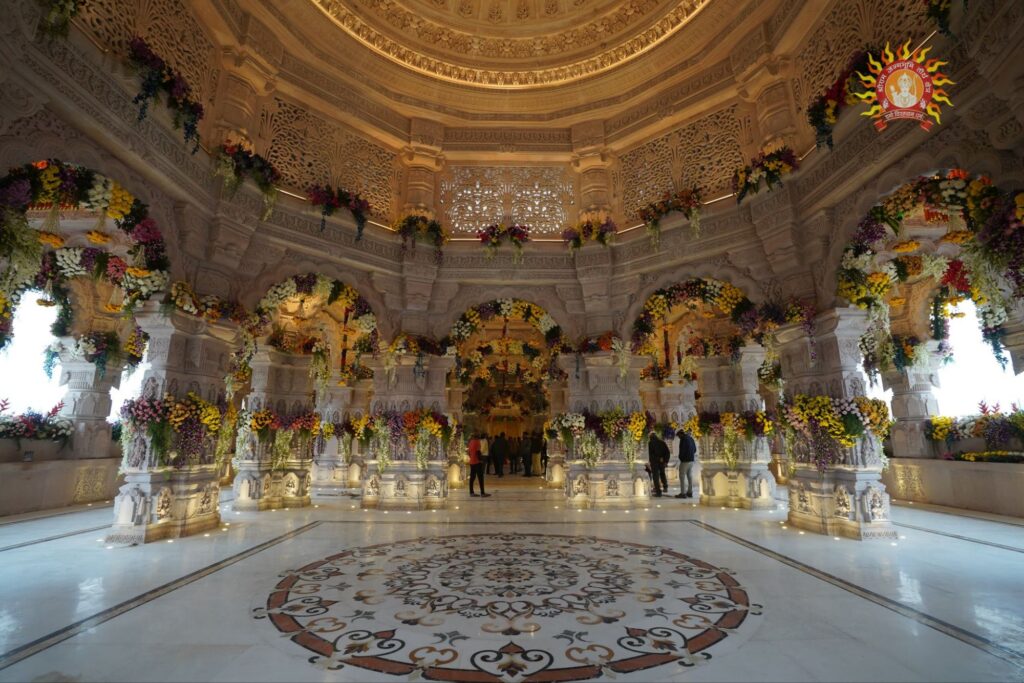
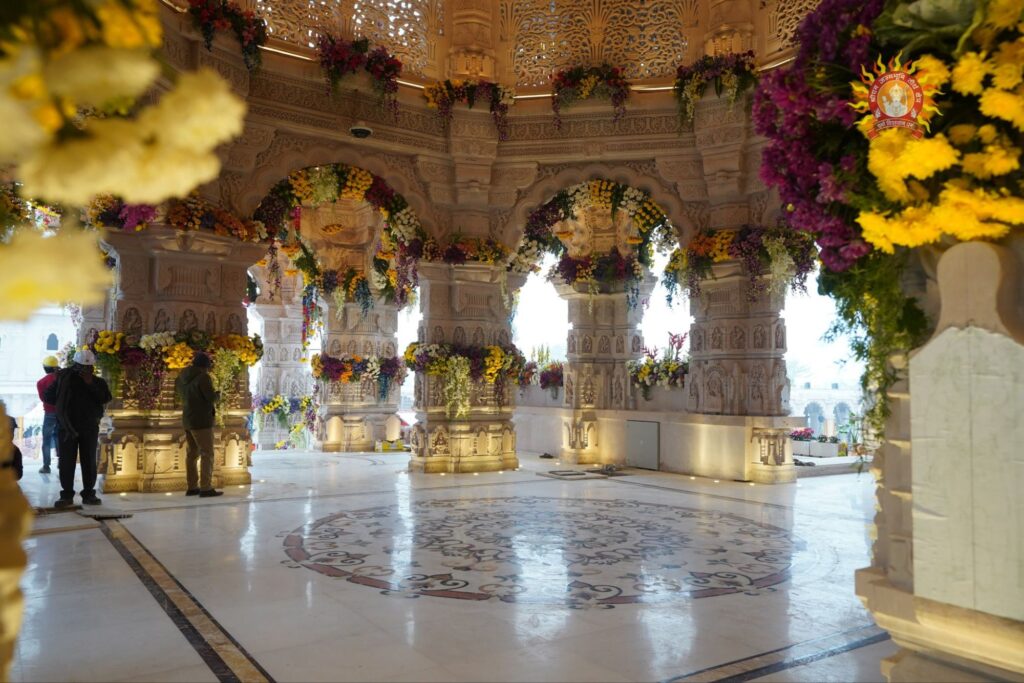
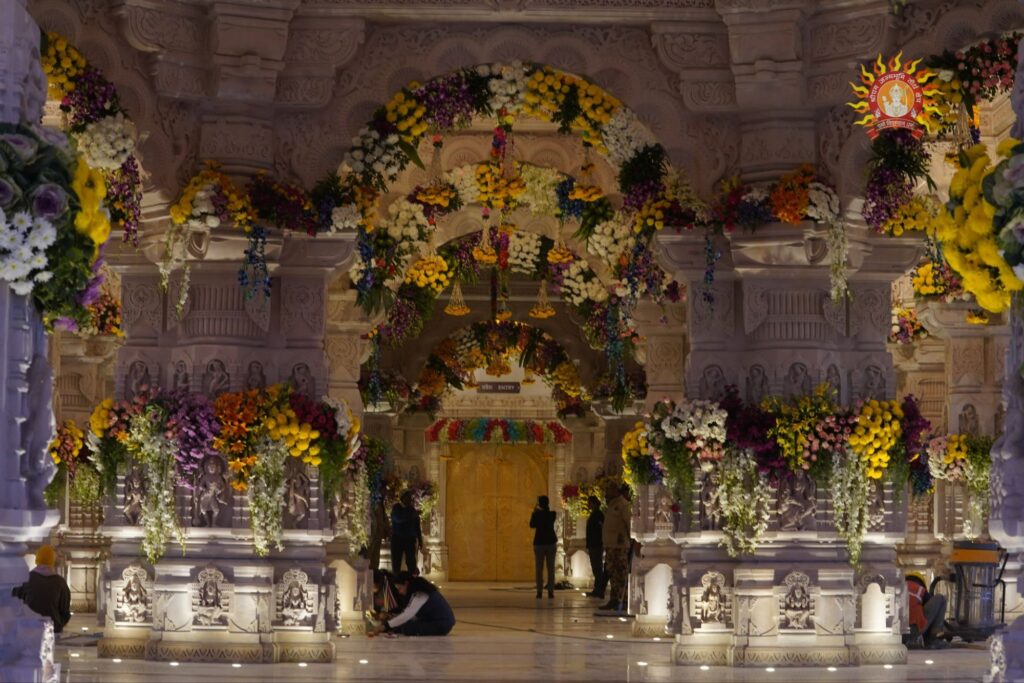
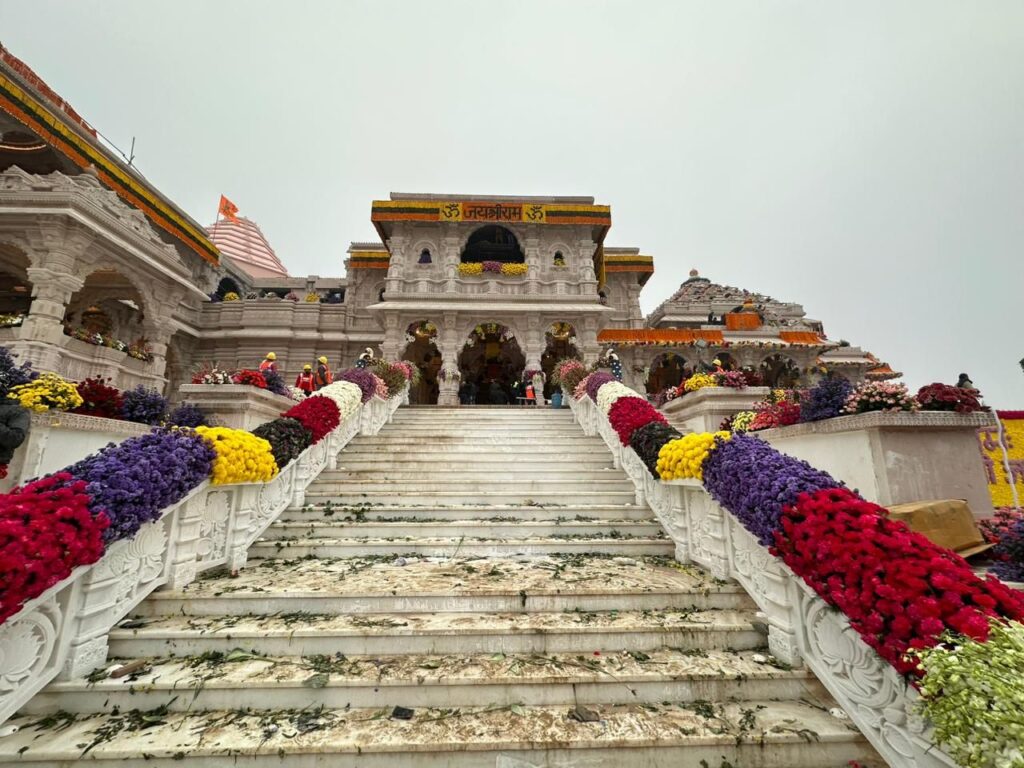
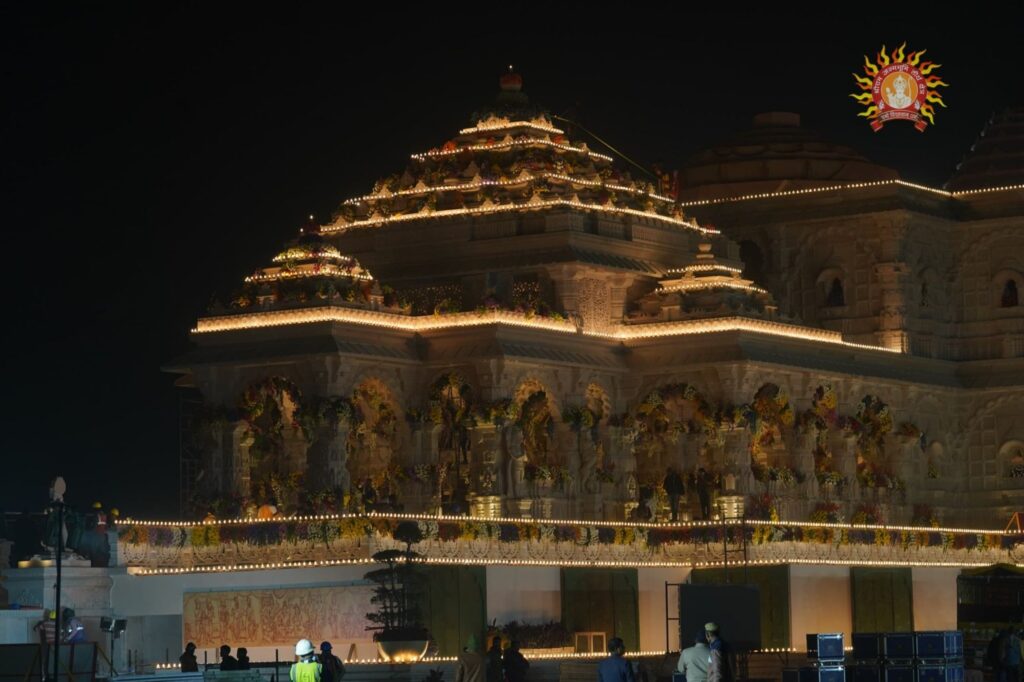
These are just a few of the many facts about the Ayodhya Ram Mandir. Its construction is a remarkable feat of engineering, devotion, and cultural expression, making it a truly unique and significant landmark in the making.
Also Read: Arun Yogiraj Biography, the sculpture of Ram Idol for Ayodhya Ram Mandir

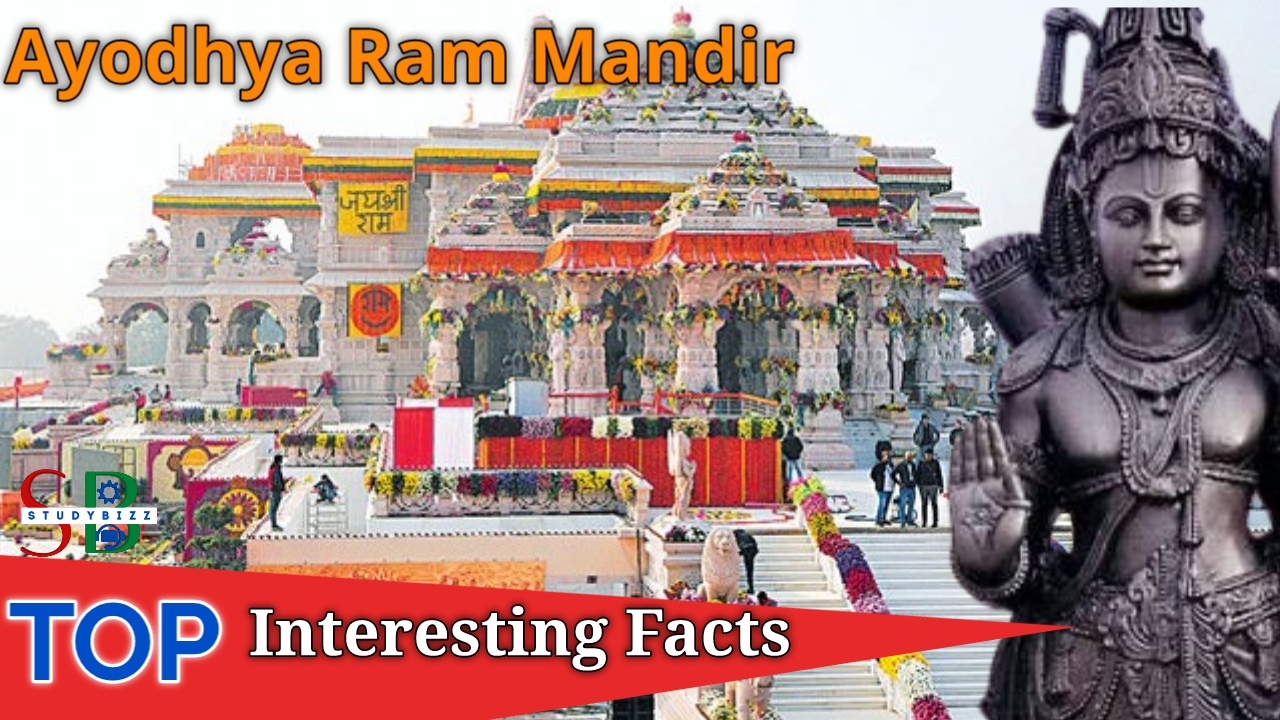


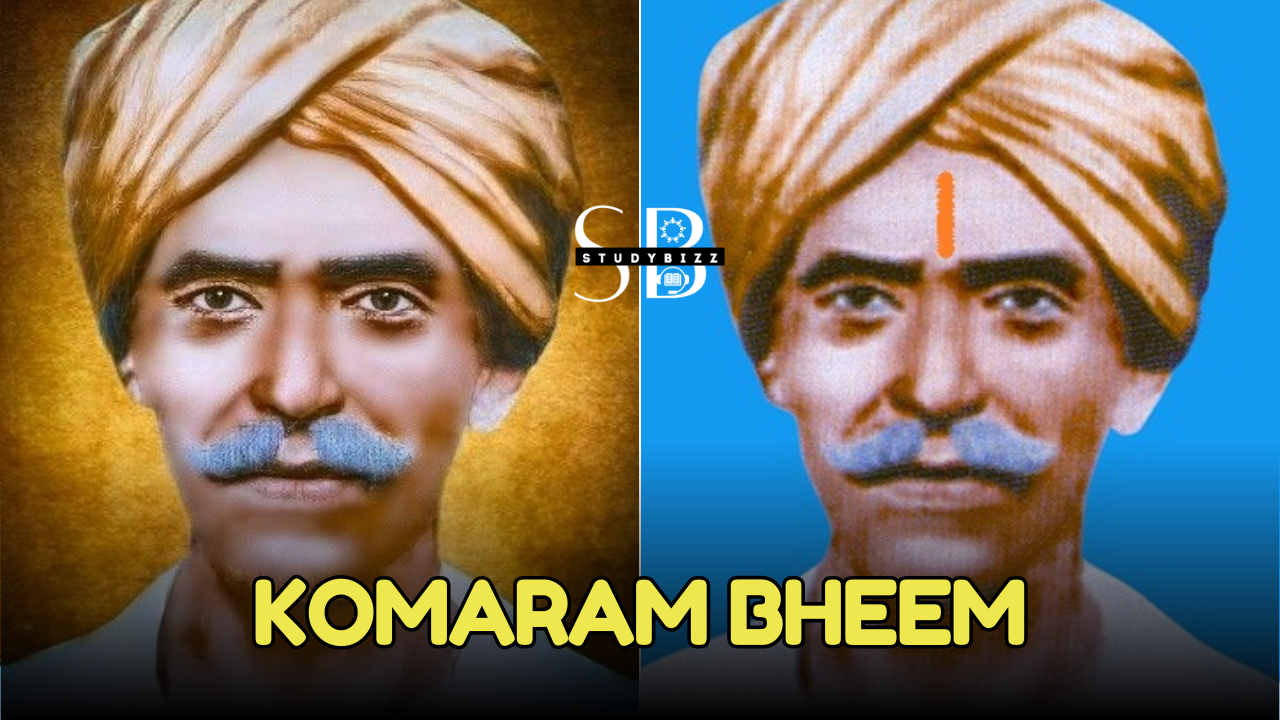
Leave a Reply